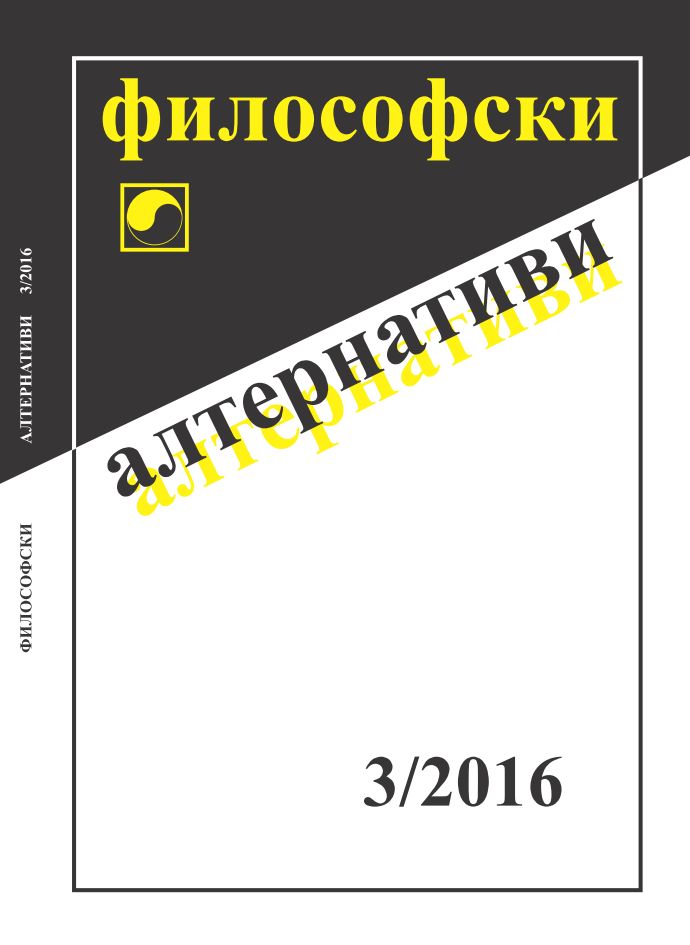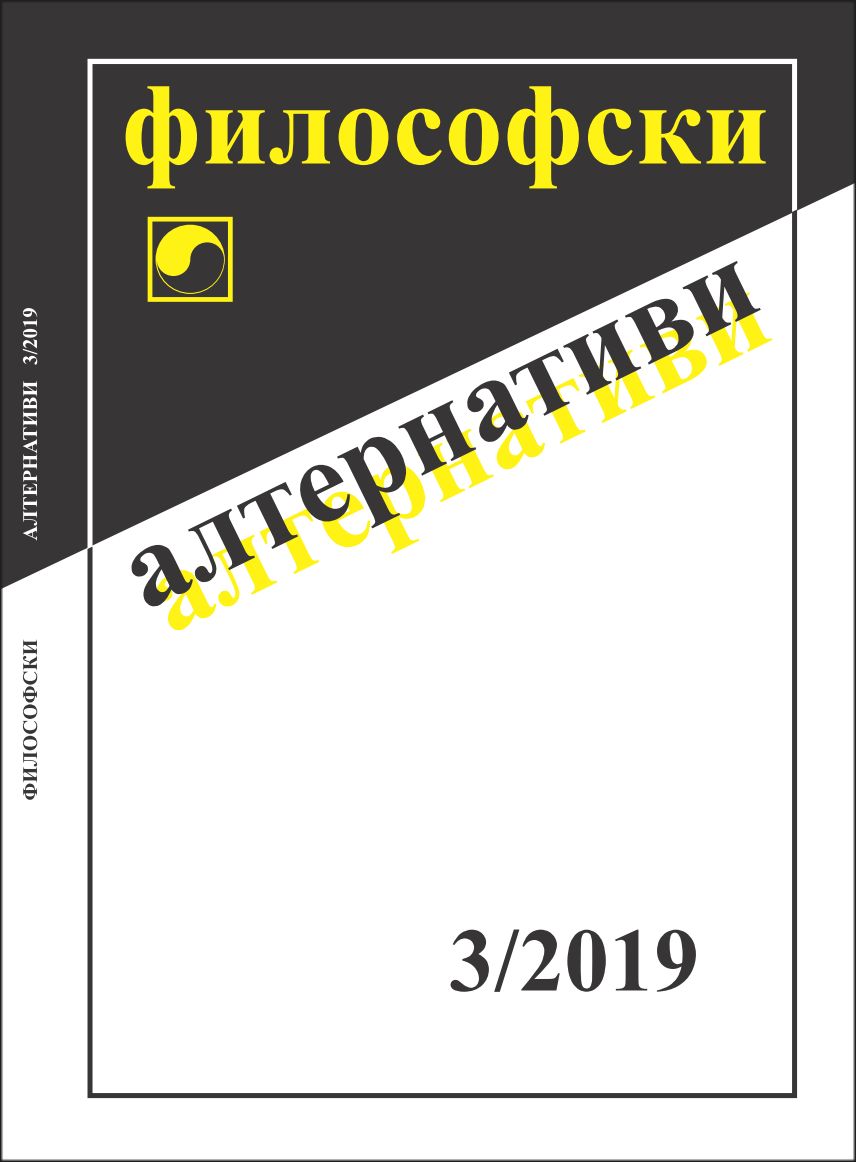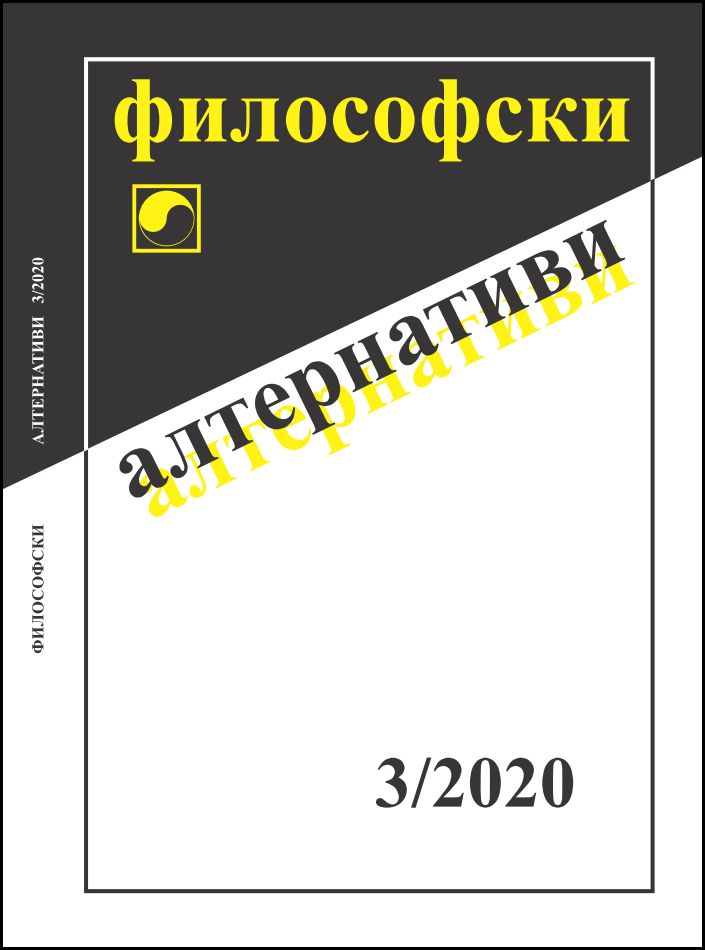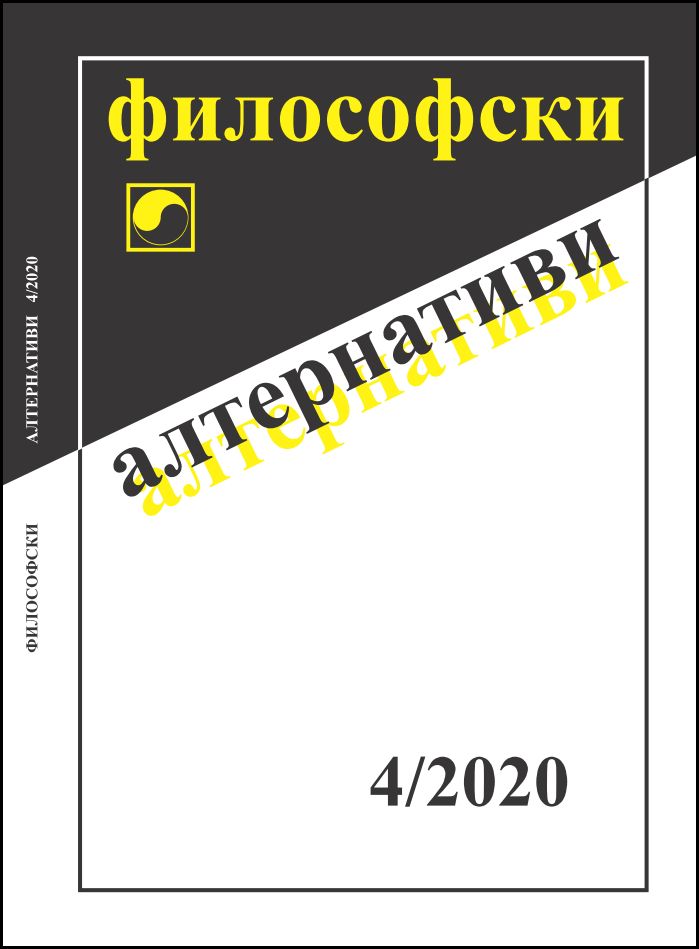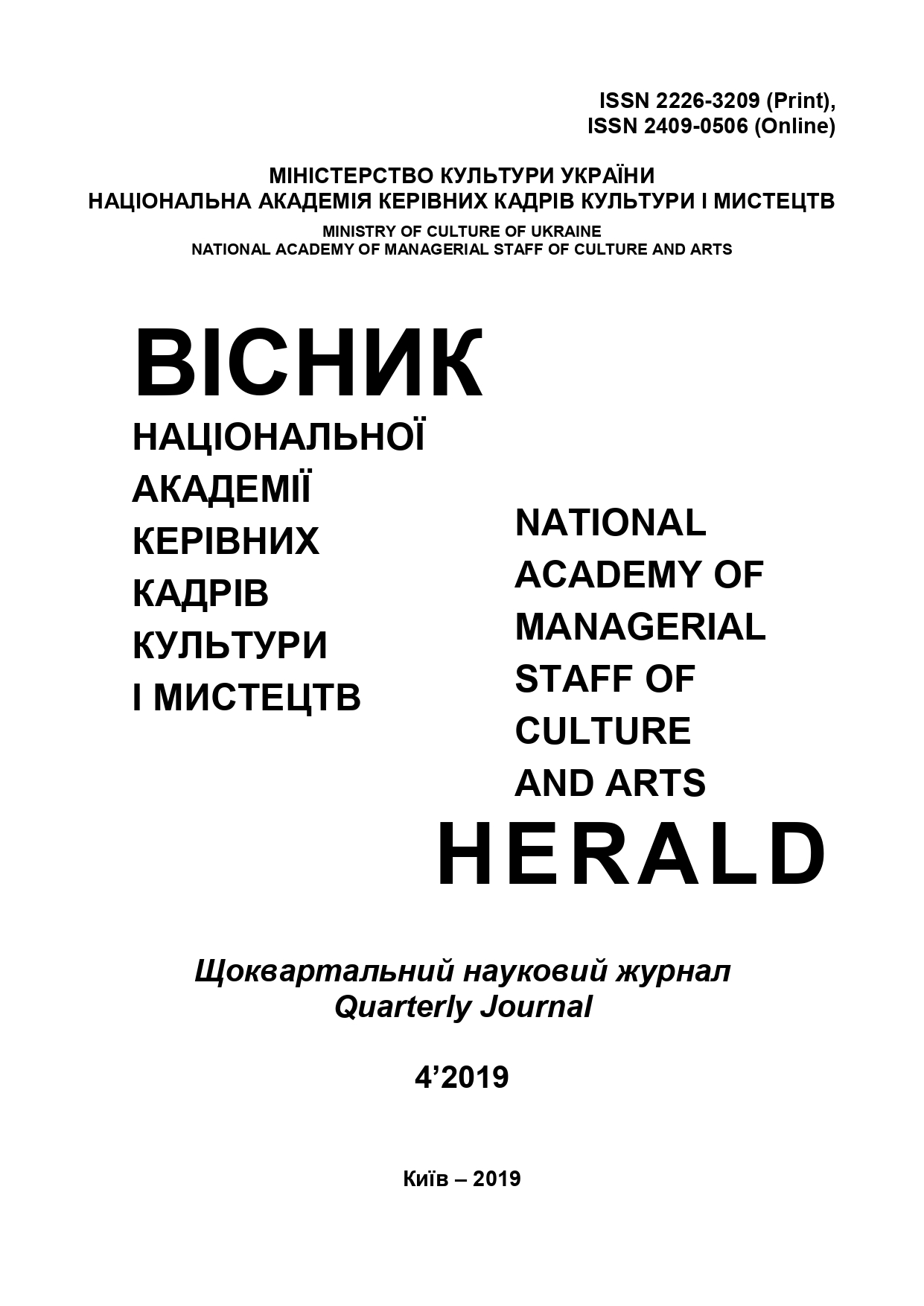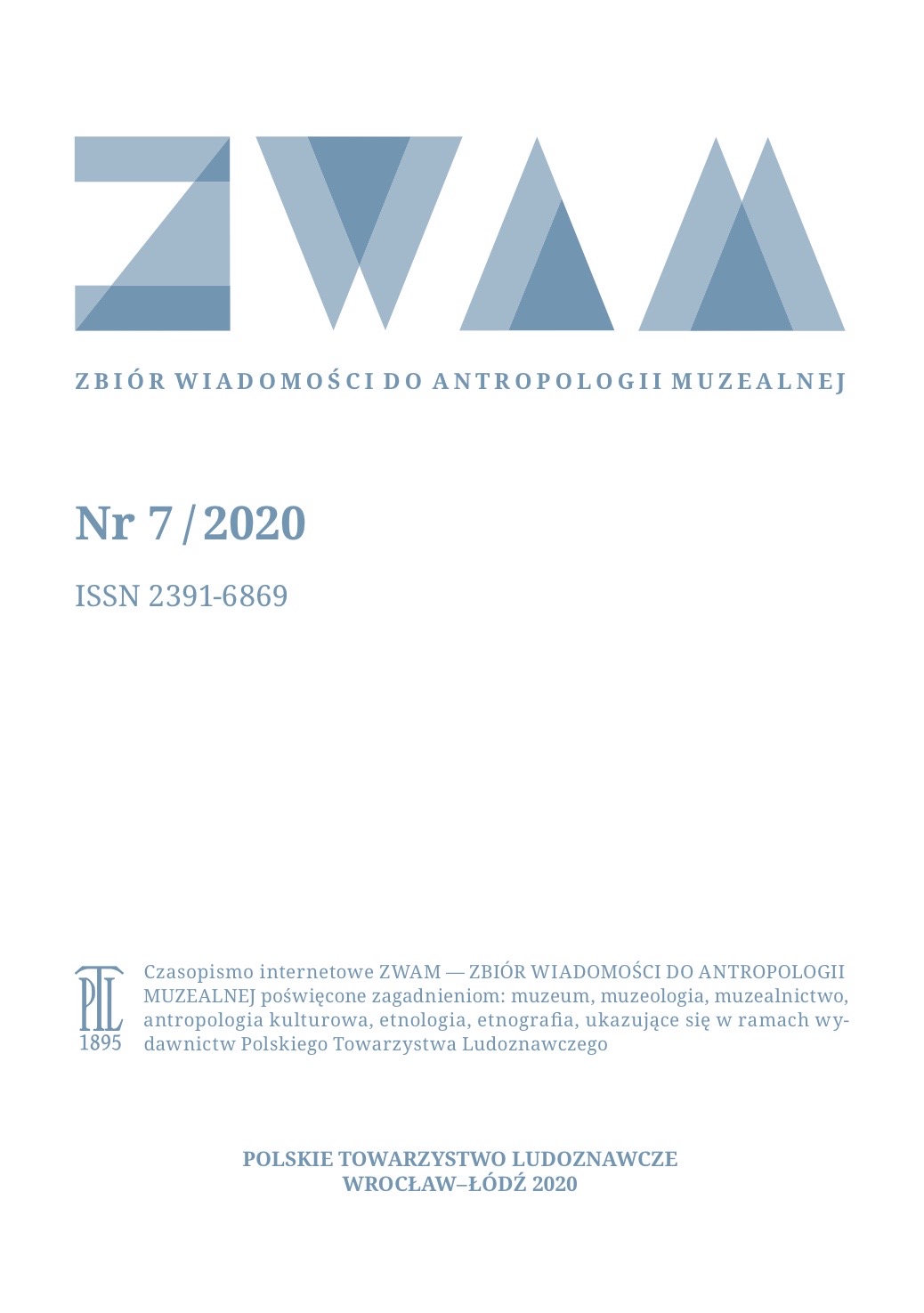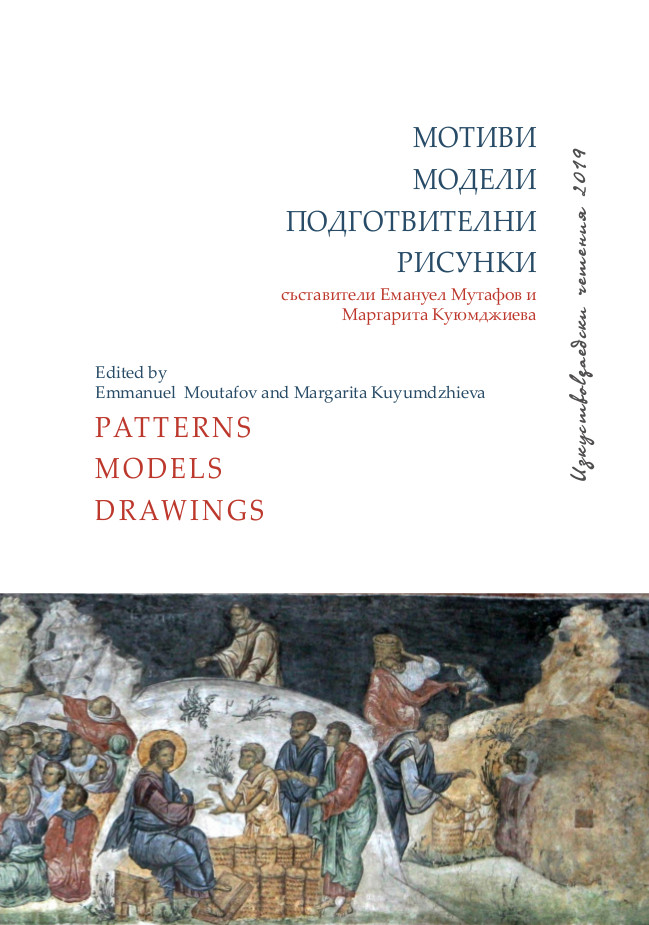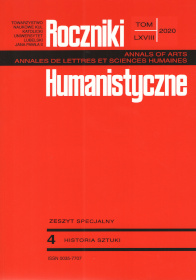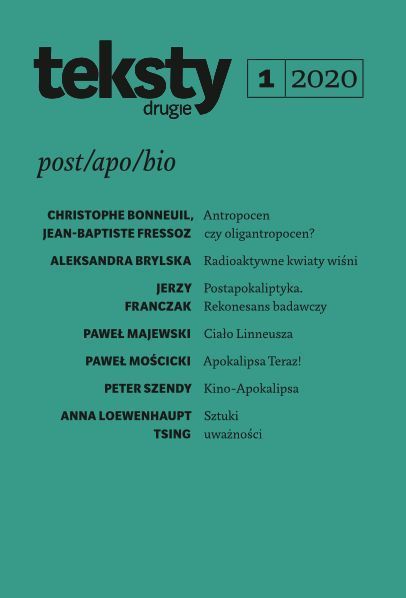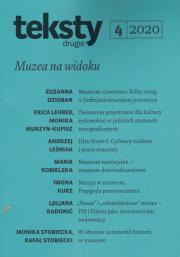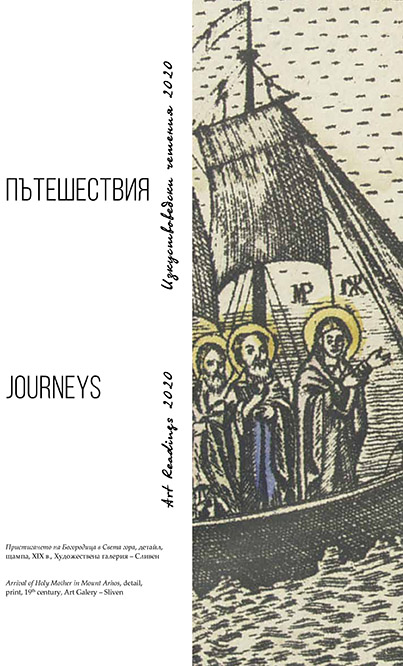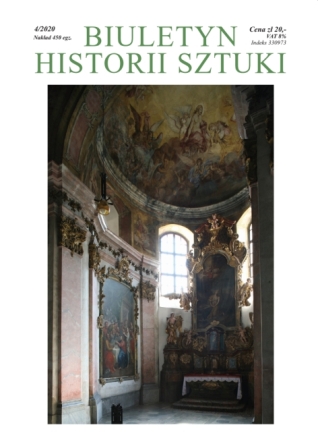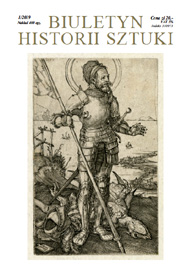Author(s): Svitlana Valeriyivna Pryshchenko / Language(s): Ukrainian
Issue: 4/2019
The purpose of the article is to theoretical summarize the significant influence of the Bauhaus higher school of Architecture and Design (1919–2019), the cultural symbol of Germany on the formation and development of art-project activities of the 20th – beginning of the 21st cent. The methodology consists in the interdisciplinary approach to forming the design objects, using system-structural, socio-cultural, axiological, art-historical and comparative methods. Scientific Novelty. The culture-aesthetic fundamentals of functional style in the subject-spatial and visual-informational areas are comprehensively considered: the furniture, utensils, textiles, sign forms, industrial and advertising graphics, photographics, poster, packaging, book design, web-design also. Based on the stylistic analysis of empirical materials from different countries, it is proved that the style of the Bauhaus school has artistic and functional values, and its works have received the status of world artistic heritage. Conclusions. In the conditions of contemporary stylistic chaos, the transformation of Postmodernism into Post-postmodernism and production glut, Functionalism are becoming increasingly popular in the varieties of Design and Advertising. The study made it possible to conclude that along with the postmodern and post-postmodern tendencies, the fundamental foundations and principles of Bauhaus compositional formation continue to live. At the beginning of the XXI century. in terms of style chaos, functionalism, constructivism, minimalism, sometimes combining with elements of other styles, forming modern polystyles, are quite popular in the varieties of design and advertising. Analyzing the components of the art and design culture, paying special attention to its aesthetic problems, we emphasize, firstly, Bauhaus has significantly influenced the design and advertising in the context of visual communications, and secondly, the formation of design objects is determined by the target groups based on target groups certain functions and aesthetic ideals. The processes of globalization and deglobalization have led to contradictory situations in the cultural and artistic environment, characterized not only by diffuse enrichment, eclecticism, kitsch, pseudonationalization, but also by the return to the "world of pure forms" of the Bauhaus - flatness, geometry, search of color graphs.
More...
